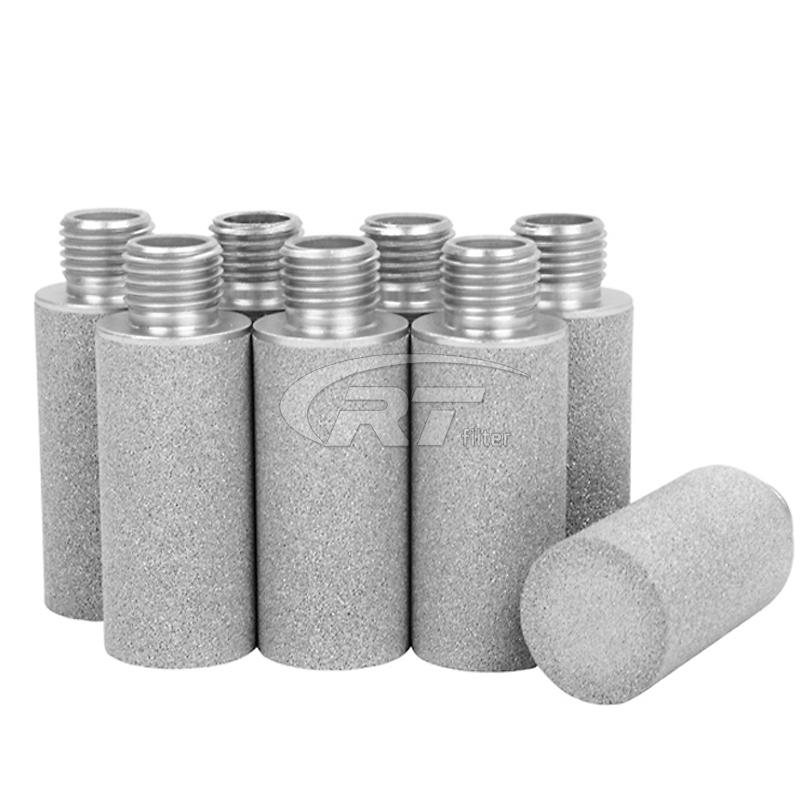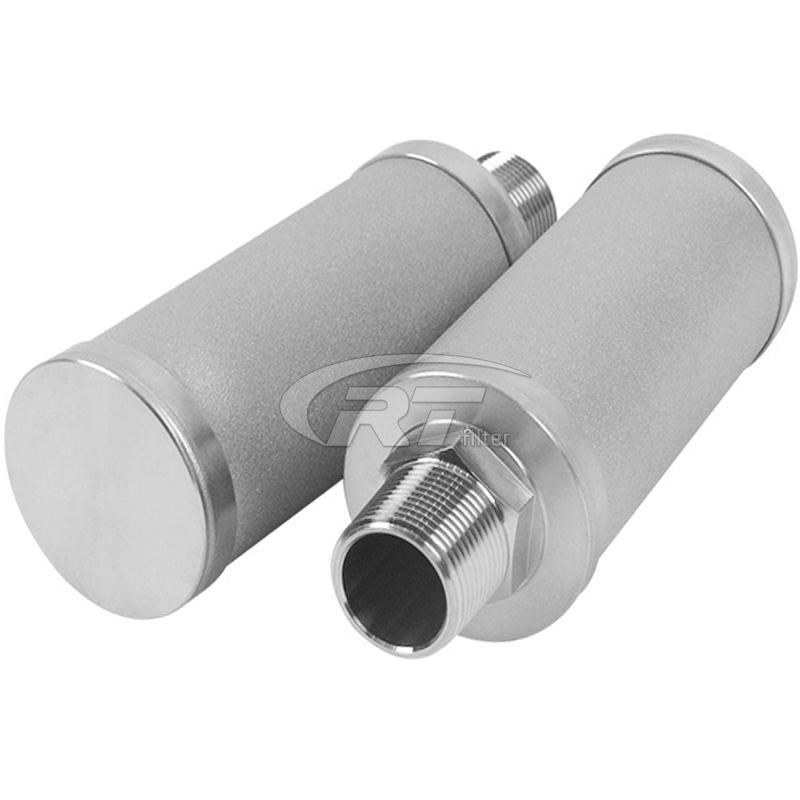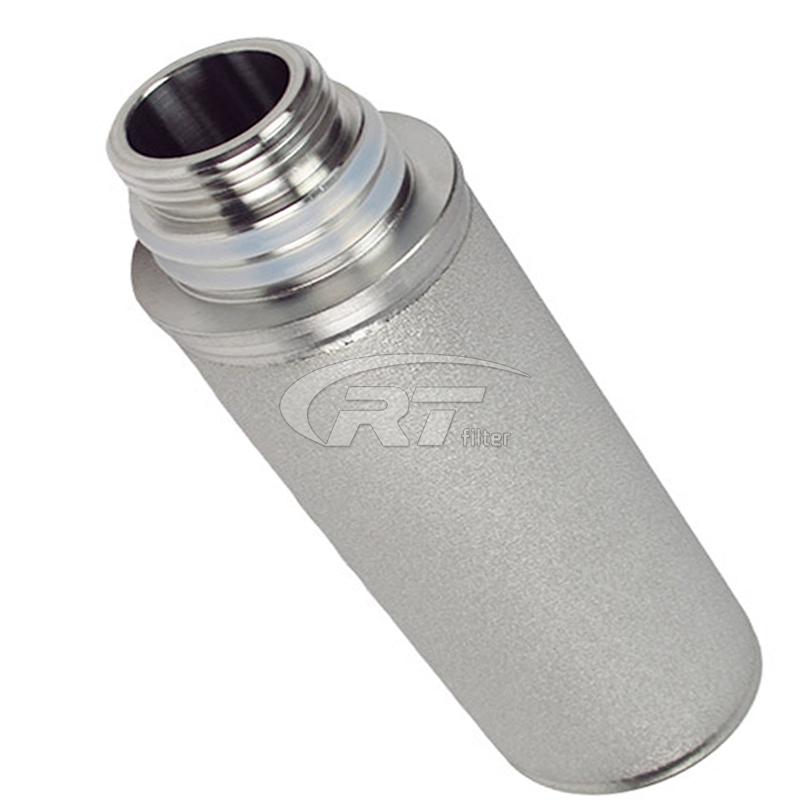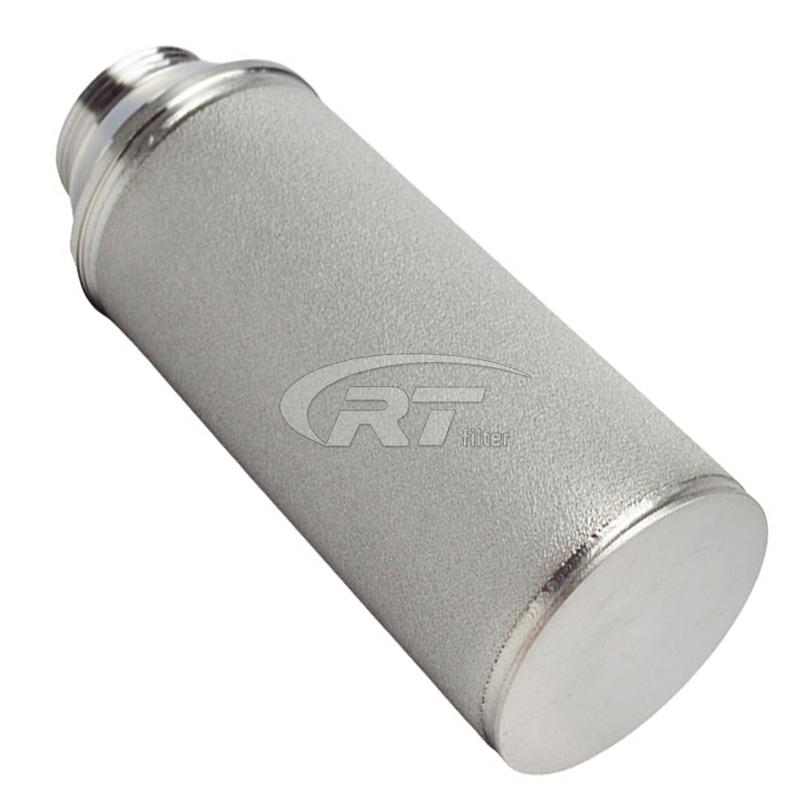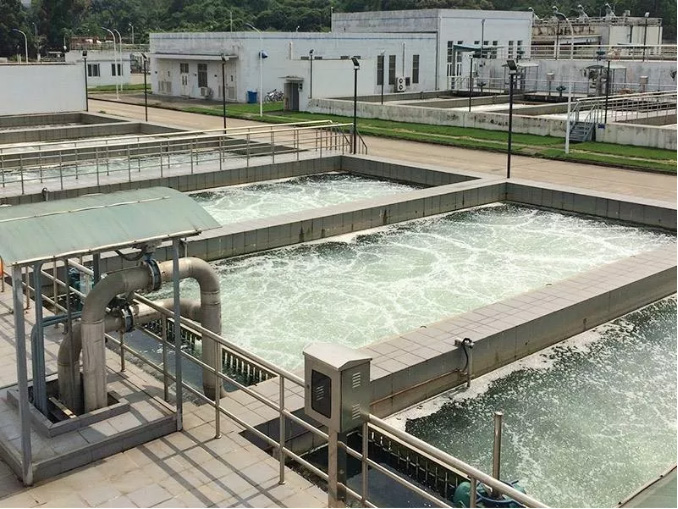|
316L stainless steel titanium powder sintered porous metal filter has become an irreplaceable core component in the key filtration links of chemical, pharmaceutical, food and beverage, electronics and many other industrial fields. Choosing this kind of filter means choosing a reliable, efficient and low maintenance cost filtration solution for your process.
Technical Data: • Filtration accuracy: strictly controlled at 2 microns (2μm). • Size range: support customization (diameter 50-500mm, thickness 2-20mm). • Working pressure: pressure range 0.1-10MPa. • Temperature tolerance: -50°C to 300°C. • Flow efficiency: flux up to 500 L/m²·h@0.1MPa. • Chemical resistance: acid and alkali resistant (pH 1-14).
Filter Material: We are a high-precision 316L sintered porous metal filter manufacturer that strictly follows technical specifications and standards to ensure product quality. The diameter, length and other dimensions can be customized according to actual needs. • Multi-layer sintered structure: It consists of a coarse filter layer, a transition layer and a fine filter layer to reduce pressure difference loss. • Gradient pore distribution: The internal pores are bent and staggered to intercept micron-sized particles. • End cap and interface: Porous metal filter adopts M20/M30 standard interface, which is compatible with automated piping systems. 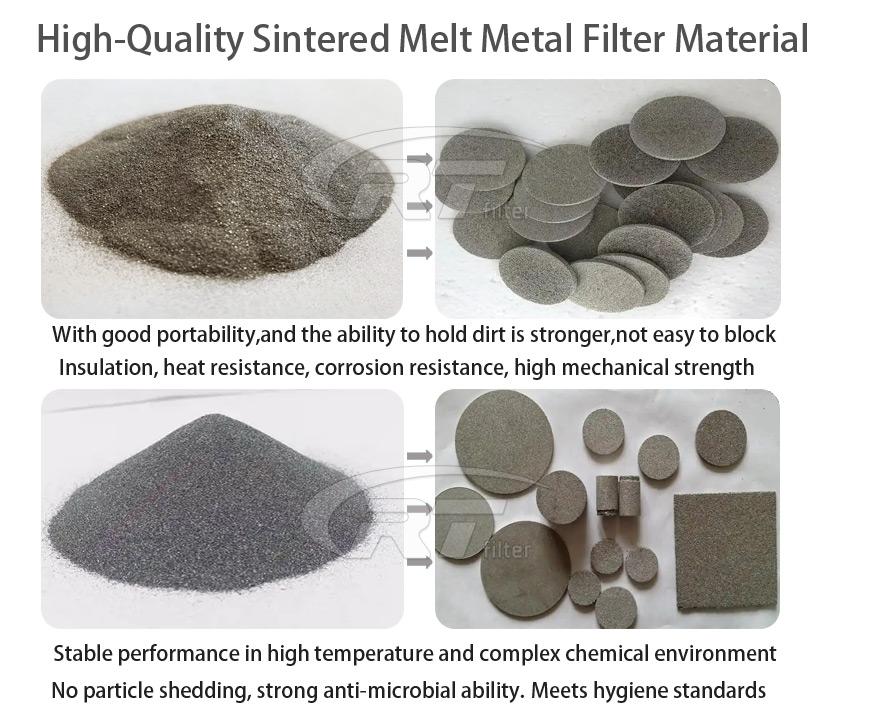
Application scenarios: ✅ Catalyst recovery ✅ Process gas purification ✅ Solvent precision filtration ✅ Acid and alkali filtration ✅ Polymer melt filtration ✅ Process water filtration ✅ Wastewater deep treatment ✅ Pre-membrane protection filtration ✅ Gas desulfurization and dust removal
Customized Filter Interfaces: Our company supports customized production of 316L stainless steel titanium powder sintered porous metal filter. Have shipped filter interfaces: 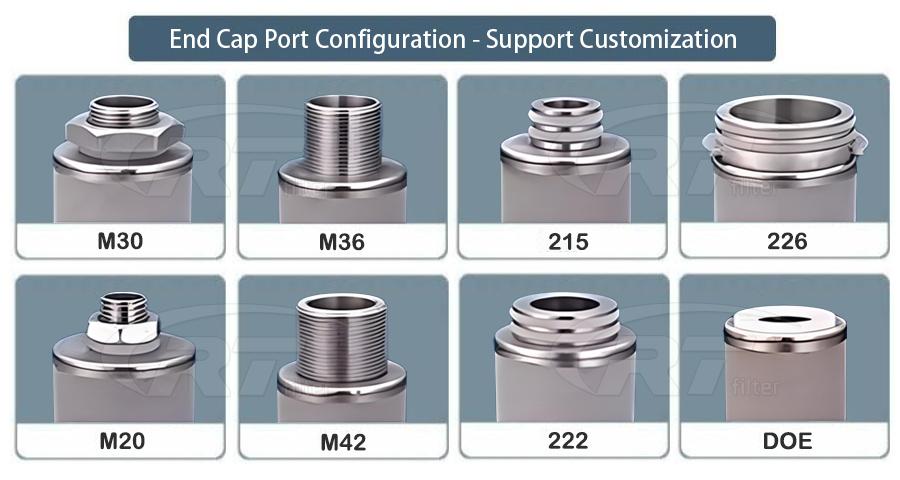
FAQ: Q: Does it support non-standard customization? A: The filtration accuracy, interface size and shell material can be customized.
Q: 316L sintered porous metal filter replacement cycle? A: Under normal working conditions, it is recommended to be 12-36 months, which actually depends on the degree of medium contamination.
Q: What is the shelf life of the 316L sintered porous metal filter? A: Usually 3 years, but the storage conditions will affect the actual service life. It should be stored in a dry and dark environment.
|
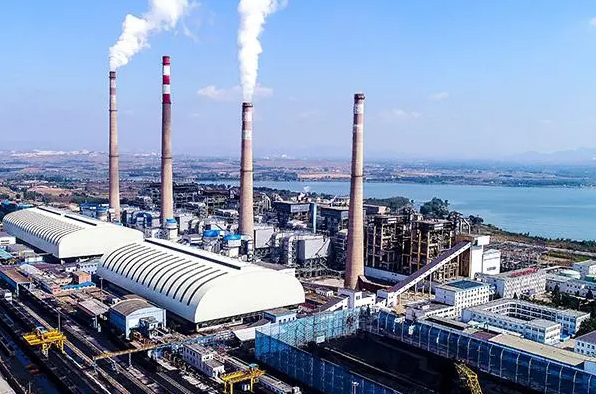 Air Compressor Filtration
Air Compressor Filtration
 Equipment Oil Pollution Filtration
Equipment Oil Pollution Filtration











